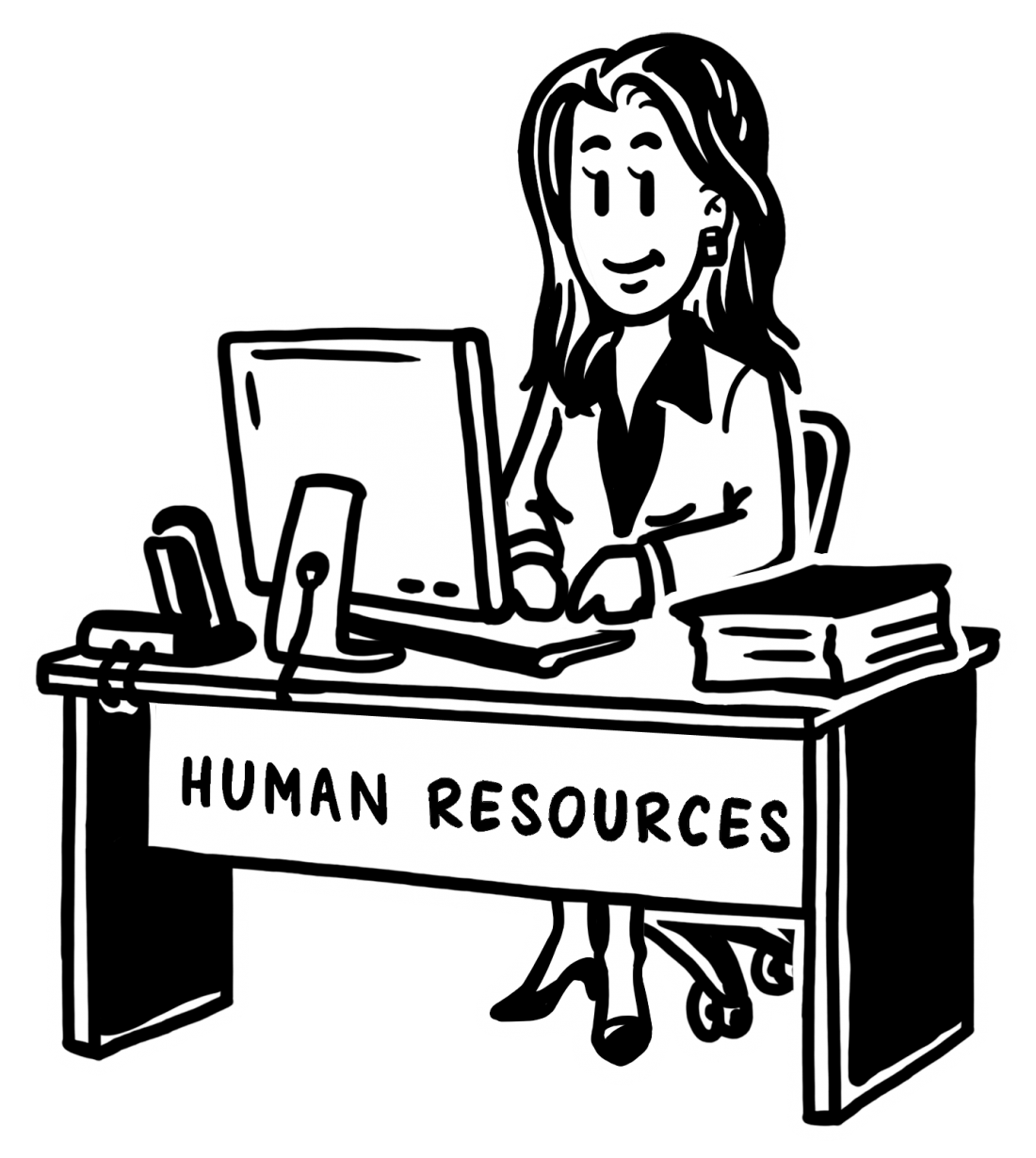Storytelling in Human Resources
Storytelling is as old as the mountains and has great appeal. A possible reason for its attractiveness may be that stories facilitate an enhanced experience, thereby contributing to improved engagement and a unique connection between storyteller and listener. The corporate world has since woken up to the fact that storytelling is indeed a very useful tool. We see this especially in advertising and marketing but increasingly so also in Human Resources for training and communication.
So let’s consider the use of this special tool in HR. How can storytelling be used to communicate, engage with and motivate your workforce?
Human Resources can use storytelling optimally to develop a positive relationship with staff. For example, it can be used to communicate to staff what the company stands for and in what direction all on board are moving in. It is important for staff to know what the company aims to achieve – what it is all about and where employees fit into the picture. This can best be conveyed by means of storytelling. (Not to mention that the best way to deliver such storytelling is through audio-visual mediums – explainer videos!)
Storytelling is also perfect for introducing staff to new practices or new ideas relevant to their positions and roles within the company. Through storytelling, staff can be given a broader understanding and greater insight into what Human Resources tries to carry across. In a nutshell, storytelling enhances knowledge and aids understanding – thus helping Human Resources to better communicate. It helps to create an informed and productive workforce.
If you think about it, what Human Resources may need to communicate may not be that exciting or even that straightforward. This is where storytelling can translate abstract information or complex information into something more meaningful and understandable to all employees while making the content altogether a bit more stimulating!
Let’s look at a few examples: HR can effectively make use of storytelling to translate data-driven analytics and data findings to employees – a compelling story will translate complex figures into simple terms to get all employees to better understand the meaning and impact of figures otherwise beyond the grasp (or interest) of some.

HR’s responsibility goes beyond recruitment. It also goes beyond the payroll. Human Resources also has a role to play in engaging employees in company culture and brand identity. Storytelling can help HR to bring the company and its employees together, through company stories shared with employees, in order to communicate company history, growth, and accomplishments. (So, if storytelling is a new concept to your HR department, your company story is a good place to get them started! For example, a simple story about the company’s history creates an understanding that permeates all areas of work. It gives a sense of identity. Employees will consciously or subconsciously share this with customers to give them a sense of belonging too – ultimately creating loyal customers.)
From time to time, Human Resources can share intricate details of your brand story with employees in a fun way to keep them in the loop. Employees are then better equipped to fully immerse customers in your business by bringing your brand to life.

HR can effectively make use of storytelling in training. Staff must be trained properly to be fully on board and to be able to effectively give it their all. HR departments who overlook the potential of storytelling in training need to go back to the drawing board and urgently change strategies!
Storytelling in Human Resources has been likened to a “key to bringing together a disparate workforce”. It can be used by HR to connect optimally with employees. It has the additional benefit that it can also unite the workforce in a profound way. It is crucial for HR departments to communicate effectively with employees. Achieve this through the telling of compelling stories!

